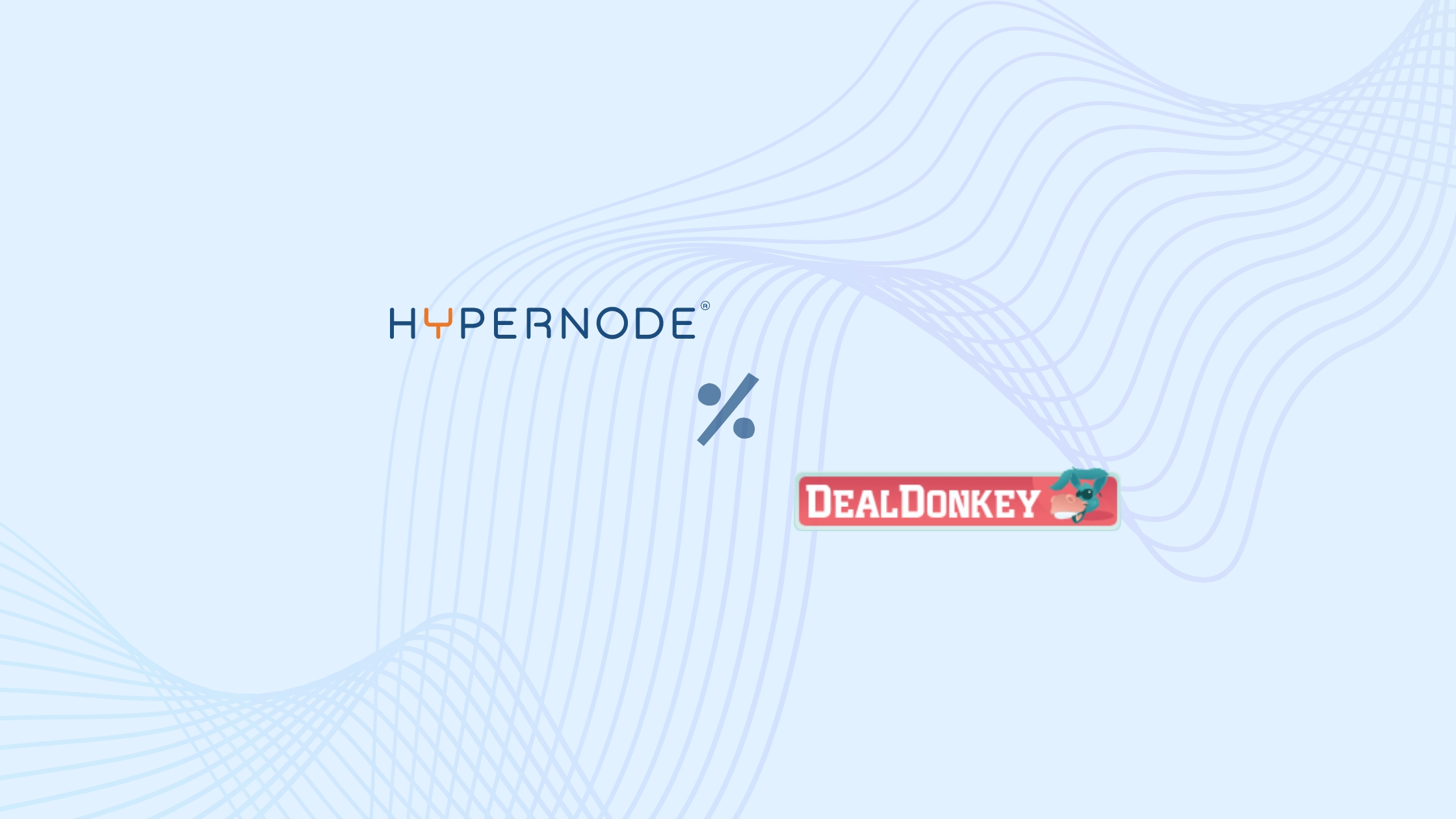Competing in the complex landscape of VAT rules in European markets isn’t easy, constant change in this environment only exacerbates the challenge. As of the 1st of July 2021, new VAT rules will apply to e-commerce. A new simplified VAT-declaration alongside lower distance thresholds mean you no longer have to pay VAT separately in each EU country. To keep you sharp the Netherlands Chamber of Commerce (KVK) has published an in depth review of the current tax landscape for e-commerce companies. The following summary covers the most important takeaways for your online business.
The EU and Tax till now
The EU has a bevy of VAT-rules, and these are levied in all countries within the union. The rates that are levied and in what countries can be determined by various factors:
- The EU country from which products are shipped.
- In which EU country products arrive.
- What country is the source of the goods (outside the EU.)
- Who the importer is when products are imported. This can be the supplier, webshop or customer.
- Whether the supplier ships to other entrepreneurs or to buyers without a VAT number; such as consumers.
For sales and supplies where goods are shipped from the Netherlands to consumers in other EU countries, the ‘destination principle’ applied. This was for all sales in the state, including countries outside the EU. This means foreign customers were charged the VAT rate of their state. An exception was if your foreign total sales in EU countries remains under the threshold of 10,000 euros annually. In this case you could continue to charge Dutch VAT as a Dutch webshop.
The new VAT Rules
From July 1, 2021, new VAT rules will apply in the EU for Dutch entrepreneurs in e-commerce. These new rules apply if you have a Dutch webshop with an annual turnover of 10,000 euros or more with sales to consumers in EU countries outside the Netherlands.
1. Threshold amounts disappear
The threshold amounts for intra-EU distance sales per separate EU country have disappeared. There is one common threshold amount of EUR 10,000. This threshold applies to all intra-EU distance sales of goods together with sales of digital services to consumers in the EU. This change means you as a business owner need to check on the threshold amount yourself.
From the moment you cross the threshold of 10,000 euros, you calculate the local VAT rate of the country where your private customer lives. If your turnover in the following year is less than 10,000 euros, you may charge Dutch VAT again. In practice this means that if your Dutch webshop has already delivered EUR 8,000 to consumers in other EU countries and needs to invoice a French consumer for EUR 3,000, the EUR 3,000 invoice will be subject to French VAT.
Arranging Foreign VAT-return
You can arrange your foreign VAT-return in 2 ways.
- Filing a local VAT declaration for each separate EU country in which you have sold.
- Registering your company for the ‘Union scheme’ within the new one-stop shop system of the Tax and Customs Administration.
- You may not use both methods.
Threshold exceptions
The threshold amount does not apply to the supply of excise goods, such as alcoholic beverages. This also applies to new or nearly new means of transport. Deliveries of this type of goods do not count towards the threshold amount. For each delivery, regardless of the amount, you calculate the VAT of the country where these goods go.
If you sell goods that fall under the so-called margin scheme, these deliveries do not count towards the threshold amount. If you apply the margin scheme, you owe Dutch VAT to the tax authorities on the profit margin of the goods. You do not charge VAT to the customer, nor do you state this on the invoice. The VAT is included in your selling price. If your activities fall within these exceptions, nothing will change for you on July 1, 2021.
One-stop shop
After the change in the law, the current MOSS system for suppliers of digital services in the EU will be merged into the new One Stop Shop (OSS) system. As a user of the current MOSS scheme, you may declare your VAT via the new One Stop Shop system from 1 July.
You can also declare distance sales via the new portal. If both supplies, digital services and goods, exceed the EUR 10,000 threshold, you may use this portal to submit your declaration.
The VAT due in other EU countries for supplies to consumers can be declared via the OSS portal of the Dutch Tax and Customs Administration. You do this by applying for the ‘Union scheme’. You then no longer need to register for VAT in other EU countries.
Service providers may also declare VAT via the ‘Union Scheme’ in the OSS portal. For example, a Dutch painter who paints a house in Belgium charges Belgian VAT on this service. The painter can file a VAT declaration locally or he can choose to do this declaration via the one-stop shop system. If the painter opts for the new system, he must first de-register his Belgian VAT number. If the painter needs his Belgian VAT number for other turnover tax related matters, for example for the deduction of input VAT, he can also keep the number. He then cannot reclaim VAT paid in Belgium via the one-stop shop system. For this, he must submit a separate application for a refund to the Dutch Tax Administration. It is therefore more convenient to file a local return. This saves administrative actions.
Companies that sell products from outside the EU to consumers in another EU country and have them delivered directly can use the OSS portal. This can be done with the ‘Import scheme’ within the portal.The Dutch Tax Administration ensures that the VAT declared via the OSS portal arrives at the correct EU country.
2. VAT exemption repealed for imports up to 22 euro
VAT is no longer exempted on shipments with a value of up to and including 22 euro. Regardless of the value of the shipment, VAT is now always due on imports. This also comes alongside customs clearance costs. For all goods including goods under 22 euro in value the following costs will be accrued:
- Import VAT
- Customs declaration of goods
- Storage costs and administrative handling.
- Goods with a value above 150 euros also have import duties.
When you sell products from outside the EU to customers who do not declare VAT, then you declare the VAT in the EU country where the goods arrive, for example selling goods shipped directly from China to a Belgian customer would require paying Belgian VAT.
3. Platforms pay VAT when they are active
Traders are responsible for paying VAT on products sold to consumers via a platform. This includes activity such as facilitating orders and payments for products. Any platform that supports purchase and delivery of products to private customers is therefore liable for VAT in the country where the customer lives. If you run a platform and have goods shipped directly by professional sellers from outside the EU to customers in other EU countries, investigate with your tax advisor whether you will face increased VAT liability and obligation due to the new rules.
4. Storage of goods
When you store goods for your webshop in a warehouse in another EU country, you will need a VAT number from that EU country. The goods you deliver from the foreign warehouse are subject to local VAT. They are delivered from that country and you cannot declare your VAT via the Dutch OSS portal. You must declare VAT in the EU country concerned.
5. OSS, VAT and KOR
For your distance sales from the Netherlands to consumers in other EU member states, you make a choice between filing local returns and opting for local registration in the countries in question or the one-stop shop system (OSS). If you choose OSS you declare all your distance sales to foreign consumers in other EU countries there.
VAT and KOR
If you make use of the small entrepreneurs arrangement (KOR), you have an annual turnover of less than 20,000 euros. Through your participation in the KOR, you have VAT exemption. If you and your webshop exceed the threshold of 10,000 euros in turnover in EU member states other than the Netherlands, you become liable for VAT in the EU member states in question. At that moment the VAT rules of the EU member state of your consumer apply. The Dutch KOR is then no longer applicable. Turnover must be declared locally, via the OSS Union Scheme or local registration.
This means that If your annual foreign turnover in the EU remains under 10,000 euros and this turnover, together with your Dutch turnover, does not exceed 20,000 euros, you can simply continue to work under the KOR. You then calculate and declare no VAT.
6. Customs legislation for e-commerce shipments
The customs legislation for e-commerce shipments has changed. For all shipments with a value of up to 150 Euros an electronic import declaration is mandatory. In addition, there are 2 new regulations for these small shipments:
Suppliers who supply goods directly from countries outside the EU can make use of the ‘Import Scheme’ within the OSS portal under certain conditions. With this Import scheme, a supplier submits monthly VAT declarations in 1 EU country. This scheme only applies to shipments of one or multiple products with a value of up to 150 Euros exclusive of VAT. Freight and insurance are not included in the valuation if they are included as separate costs on the invoice. Instead of import VAT, the supplier directly remits the VAT applicable in the destination country via the OSS. Your customer pays the local VAT at the time of purchase in your webshop.
If you use the ‘Import scheme’ within the OSS you will receive an import OSS number (IOSS), for this purpose. Third parties, such as postal and courier companies, may use your IOSS number for the import declaration to customs.
Introducing new rules
The one-stop scheme, or OSS, consists of 3 voluntary schemes:
- The ‘Union scheme’ for EU-based companies with at least 1 establishment in an EU country. This scheme applies to intra-EU distance sales and services.
- The ‘non-Union scheme’ for companies established outside the EU without an establishment in the EU. This scheme applies to the provision of services.
- The ‘Import scheme’ for distance sales of non-EU goods with a value of up to 150 euros.
The OSS is currently supported by the Tax and Customs Administration through a temporarily arranged ’emergency track’. This means that you can use the above schemes, subject to the following restrictions:
- Data is partly processed manually. This increases the chance of errors.
- Declarations and applications have a longer processing time.
The use of manual processing may result in incomplete exchange of information with other EU countries. Importantly The Tax and Customs Administration states that any delays caused by the system in remitting VAT to the other EU country have no consequences. A delay, for example, does not result in a fine from the other EU country. System to system declarations, for example via a software package, are not possible within the emergency track.
Use of the OSS
You can file your return and register for the aforementioned schemes via My Tax and Customs Administration Business, tab EU VAT OSS. You need eRecognition, level 3, for your application and declaration. If you have a sole proprietorship, you can use DigiD.
- You must apply separately for each scheme.
- You must enter the same name and address details for each application.
In addition to your foreign VAT return, you also file your ‘normal’ VAT return for your Dutch turnover. Depending on which system you use, you must file several VAT returns which can differ per period. You can apply for the ‘Union scheme’ and ‘Import scheme’ at any time. You can apply for one of the schemes immediately.
- If you use the Import scheme, you make a monthly declaration within the system.
- If you use the Union scheme, you file a quarterly declaration.
Apply for eRecognition
If you do not yet have eRecognition for your company, apply for it on time. If you purchase an eH3 login for your registration to the new OSS portal you may be entitled to the ‘Compensation Scheme eHerkenning Belastingdienst’. If you are entitled to the scheme the compensation will be €24.20 per year including VAT.
Take action
The threshold amount of EUR 10,000 is much lower than the threshold amounts that businesses were used to. This means that as a business owner you are more likely to owe VAT in another EU country. Make sure to be aware of when you approach this threshold and take action to prevent administrative issues and further problems.
Map out where your customers live, how much turnover you generate in each EU country and what VAT rate applies. Under the new regulations, you are responsible for determining the correct rate and for declaring the correct amounts within the OSS. EU countries apply different VAT rates. This has consequences for your product price per country. Make adjustments in your ERP system to ensure correct administration and invoicing.
Consider how you display the various product prices in your webshop. When visiting your webshop, your customer wants to see a correct price that also includes VAT. For foreign customers you can arrange this by using the location or address details entered into your system, for example. Consult your accountant or system supplier about the options available. Lastly you need to decide whether you want to use one of the voluntary schemes or opt for local VAT registration in the individual EU countries.
These are all complex decisions, and the changing VAT landscape will have an impact across the e-commerce industry. Be sure to involve your tax-advisor and for additional explainers and examples please review the full report by the Chamber of Commerce here.
Hi! My name is Dion, Account Manager at Hypernode
Want to know more about Hypernode's Managed E-commerce Hosting? Schedule your online meeting.
schedule one-on-one meeting +31 (0) 648362102





